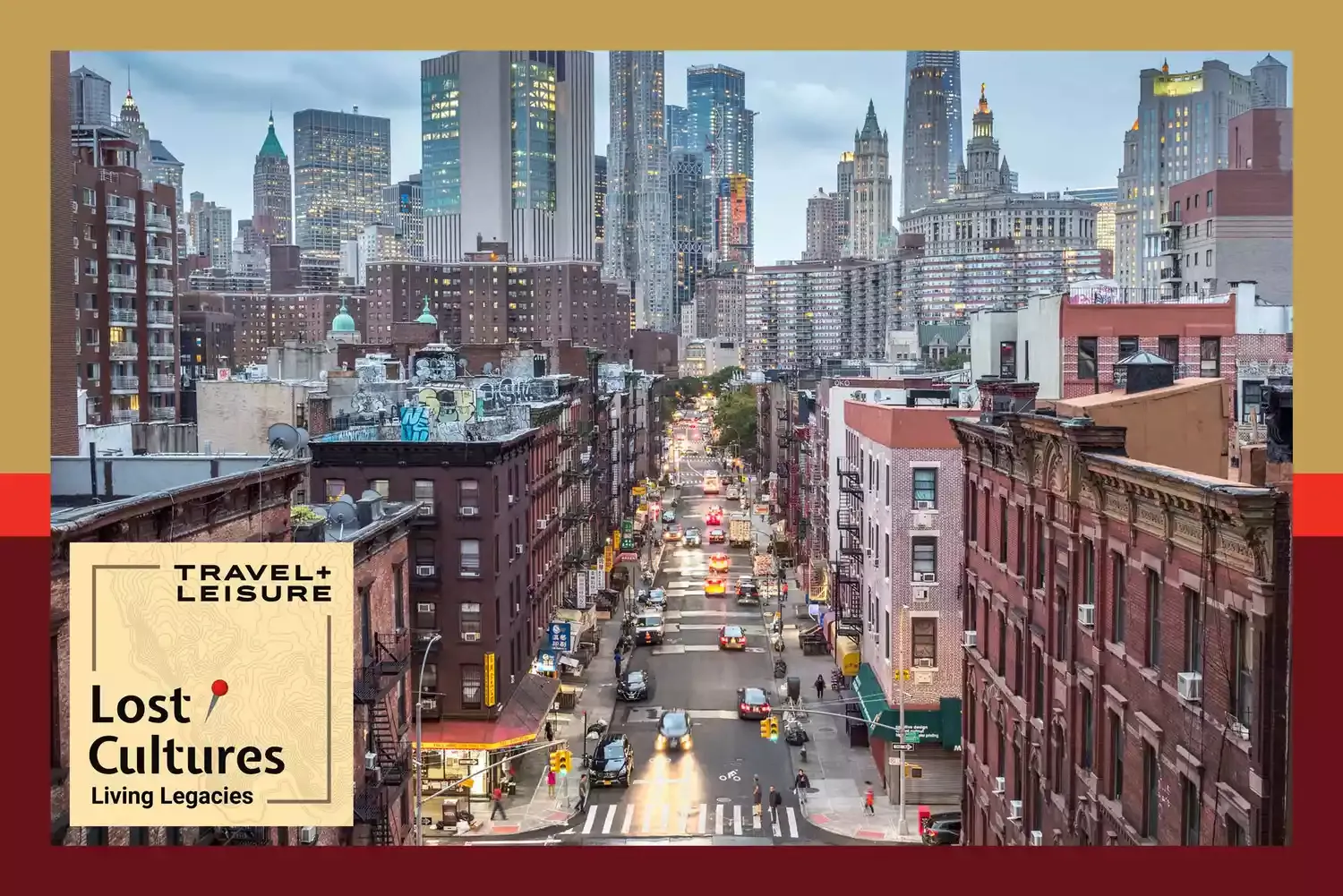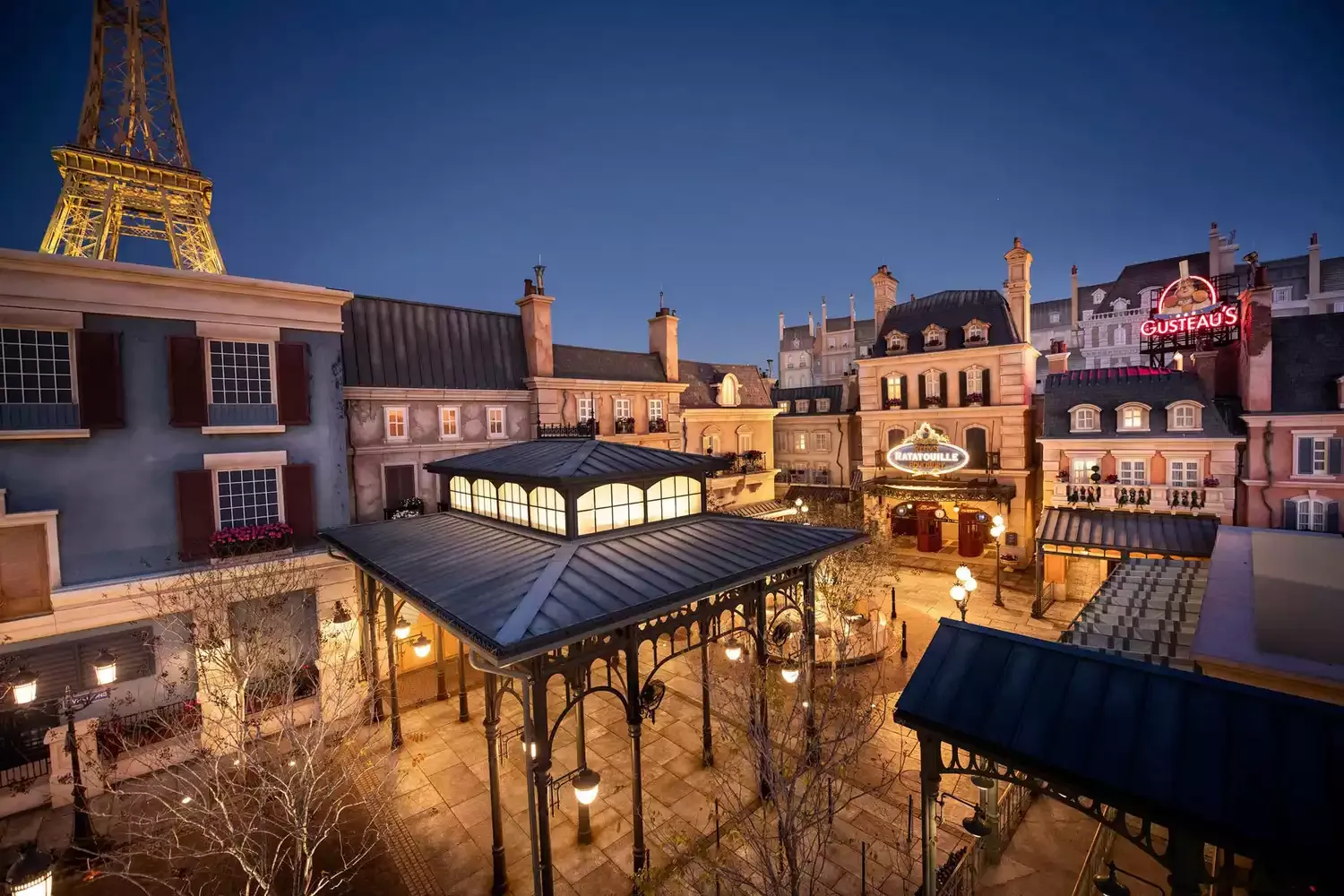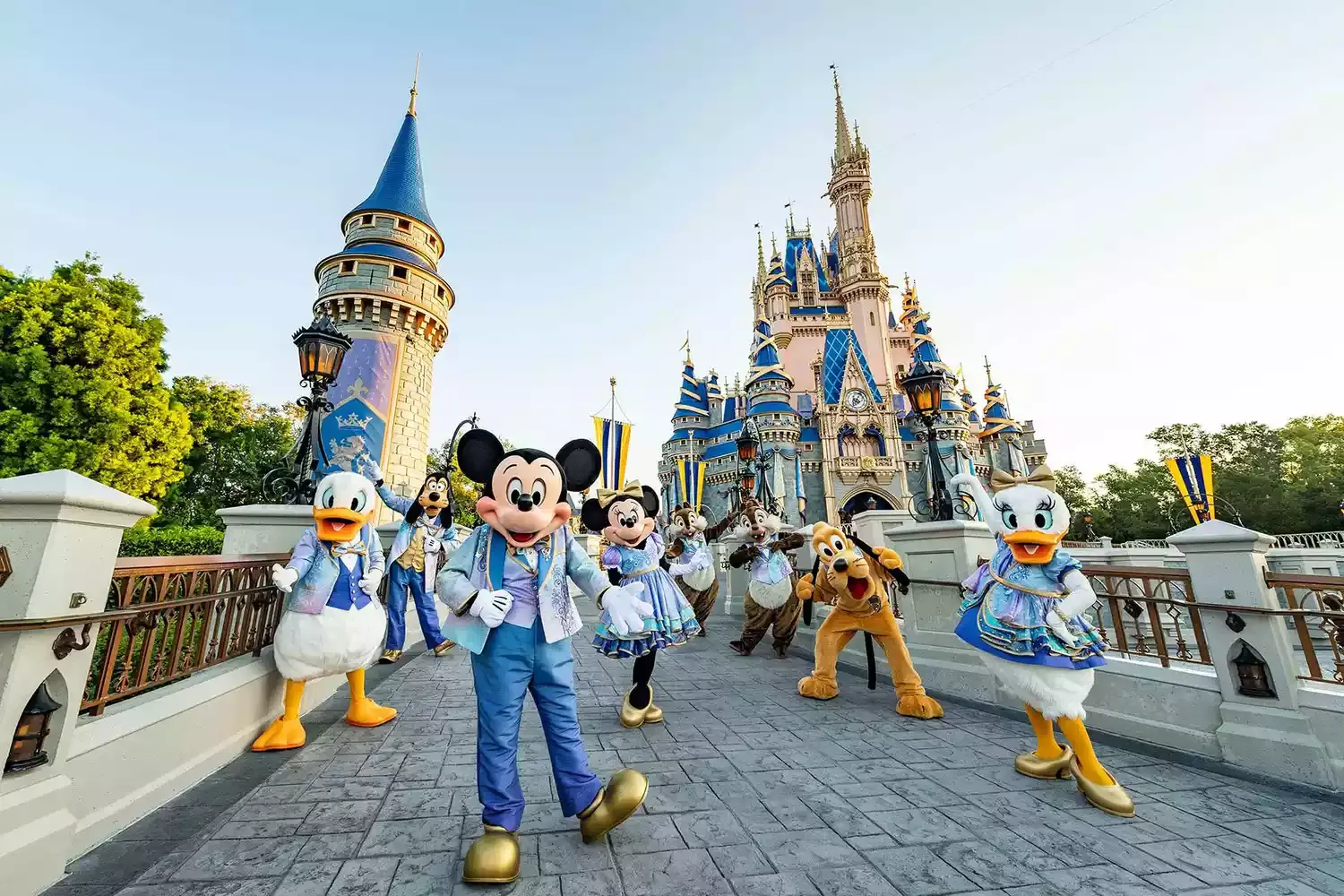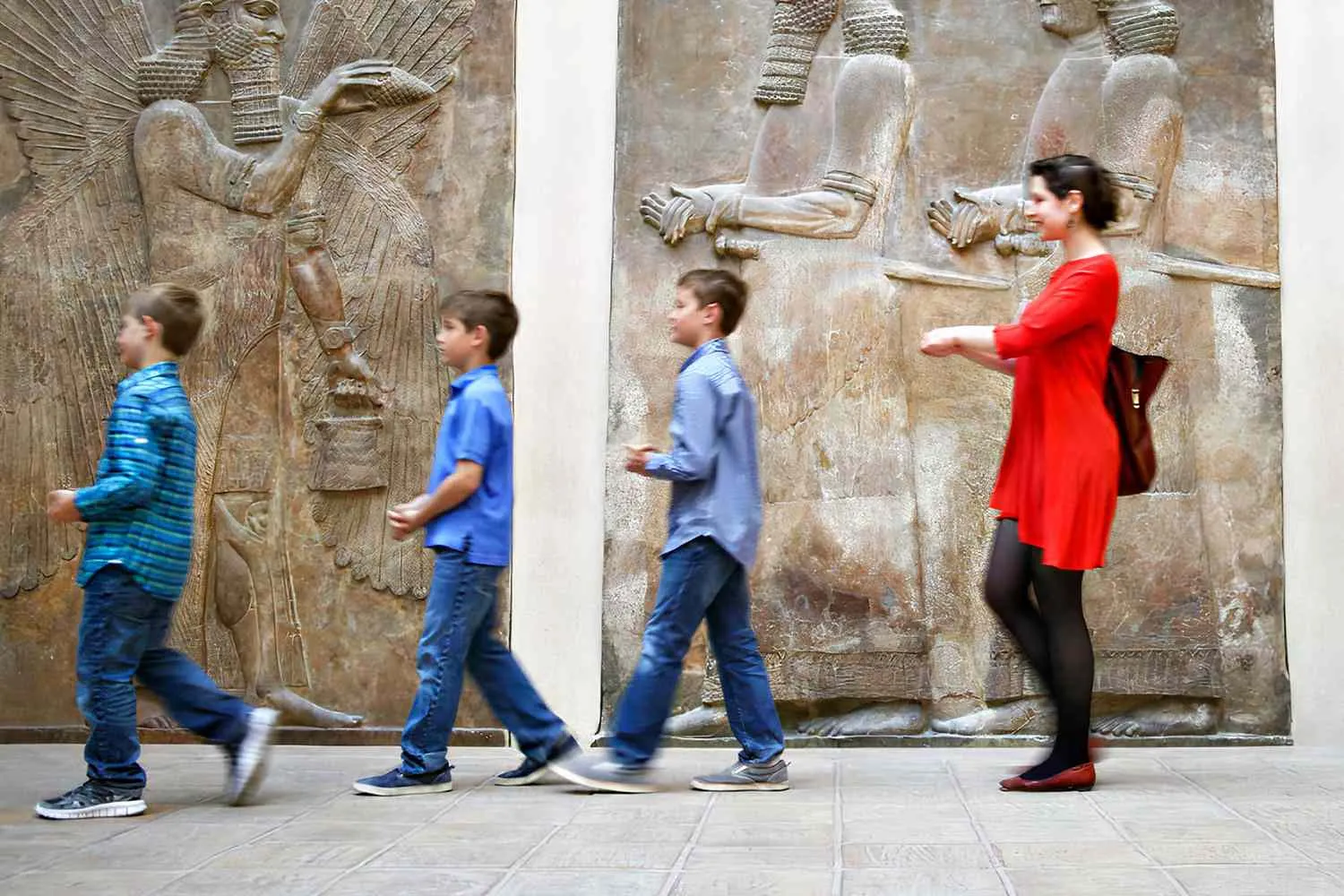
The Lower East Side, a gateway for immigrants, profoundly impacted New York City. Waves of newcomers established distinct cultures, food scenes, and political movements. Its history of tenement housing and social activism shaped housing policies and labor laws citywide. The neighborhood's spirit of entrepreneurship fueled economic growth, while its artistic contributions enriched New York's creative identity. The LES became a melting pot that helped mold NYC's cultural mosaic.
The Lower East Side (LES), a vibrant and historically rich neighborhood in Manhattan, New York City, holds a disproportionate weight in shaping the city's identity and trajectory. From its roots as a haven for immigrants to its influence on culture, politics, and urban development, the LES's impact resonates throughout the five boroughs and beyond. Understanding the LES's history is crucial for grasping the very fabric of New York City.
A Gateway for Generations: The Immigration Epicenter
The LES's defining characteristic is undoubtedly its role as the primary point of entry for millions of immigrants arriving in the United States. Starting in the mid-19th century, waves of Europeans, primarily German, Irish, Italian, and Eastern European Jewish immigrants, flocked to the area seeking refuge and opportunity. This influx transformed the LES into a densely populated, culturally diverse hub. The sheer scale of immigration imprinted a permanent mark on New York's demographics, cultural landscape, and economic engine. The experiences, struggles, and triumphs of these immigrant communities forged the city's resilient and adaptable character. Think about how the city dealt with the influx of people and the cultural exchanges that occurred. Without the LES, New York would not be the melting pot it is today. Even the way the city’s infrastructure developed was in direct response to these immigrant populations.
Culture and Innovation: Seeds of a Modern Metropolis
The LES became a crucible of cultural innovation, where diverse traditions collided and hybridized, giving birth to uniquely American art forms. The Yiddish theater, flourishing on Second Avenue, offered entertainment, social commentary, and a sense of community to Jewish immigrants. The neighborhood also nurtured radical political movements, with socialist and anarchist ideologies taking root amidst the harsh realities of poverty and inequality. This political ferment influenced labor laws, social welfare programs, and the broader struggle for social justice throughout the city and the nation. Furthermore, the LES fostered entrepreneurial spirit. Many small businesses, initially catering to the needs of specific immigrant groups, grew into successful enterprises, contributing to New York's economic dynamism. Think of the delis and food vendors that took root in the LES and were later replicated all over the city.
The Tenement Legacy: Shaping Urban Planning and Social Policy
The overcrowded tenement buildings that once characterized the LES became synonymous with poverty, disease, and social problems. However, the fight to improve living conditions in these tenements led to groundbreaking reforms in urban planning and social policy. The Tenement House Act of 1901, a landmark piece of legislation spurred by investigative journalism and social activism, established minimum standards for light, ventilation, and sanitation in new tenements. This act, while imperfect, laid the foundation for modern building codes and urban renewal initiatives throughout New York City. The challenges posed by the LES tenements forced the city to grapple with issues of public health, housing affordability, and social inequality, shaping its approach to urban development for generations. The problems that arose here helped to shape a lot of policy decisions that followed later on in the 20th century.
A Lasting Impact: From Food to Fashion to Finance
The LES's influence permeates various aspects of New York City life today. Its culinary traditions, from classic Jewish delis to authentic Italian restaurants, continue to delight food lovers. The neighborhood's history of immigrant entrepreneurship inspired countless small businesses and shaped New York's reputation as a hub for innovation. The artistic and cultural movements that originated in the LES, from punk rock to street art, continue to influence the city's creative scene. Even the financial industry owes a debt to the LES. Many prominent financial institutions trace their roots back to immigrant-owned businesses that started in the neighborhood. The cultural heritage of the LES is a vital thread in the rich tapestry of New York City.
The story of the LES is a microcosm of the American story, a testament to the power of immigration, the resilience of the human spirit, and the transformative potential of cultural exchange. By understanding the LES's past, we gain a deeper appreciation for the forces that have shaped New York City into the dynamic, diverse, and vibrant metropolis it is today.
Key Historical Events and Their Impact
Event |
Description |
Impact on New York City |
|---|
Mass Immigration (1840s-1920s) |
Influx of European immigrants, primarily German, Irish, Italian, and Eastern European Jewish, seeking economic opportunity and refuge. |
Transformed New York's demographics, culture, and economy. Created a diverse and vibrant urban environment. Shaped the city's identity as a melting pot. |
Tenement Housing Crisis |
Overcrowded and unsanitary living conditions in tenement buildings led to widespread disease and social problems. |
Spurred reforms in urban planning, building codes, and social policy. Led to the Tenement House Act of 1901 and other efforts to improve housing conditions. Influenced public health initiatives citywide. |
Rise of Yiddish Theater |
Flourishing of Yiddish theater on Second Avenue, providing entertainment, social commentary, and a sense of community to Jewish immigrants. |
Contributed to New York's rich cultural landscape. Influenced American theater and performance art. Provided a platform for social and political expression. |
Labor Movements and Radical Politics |
The LES was a hotbed for labor activism and radical political ideologies such as socialism and anarchism. |
Inspired social reform movements and legislation that improved working conditions and social welfare across the city and the nation. Contributed to the development of labor laws and social safety nets. |
Economic Contributions |
Immigrant entrepreneurs established small businesses that grew into significant economic contributors to the city. |
Boosted New York's economy and helped establish the city as a hub for commerce and trade. Contributed to the city’s vibrant food and retail sectors. |


















